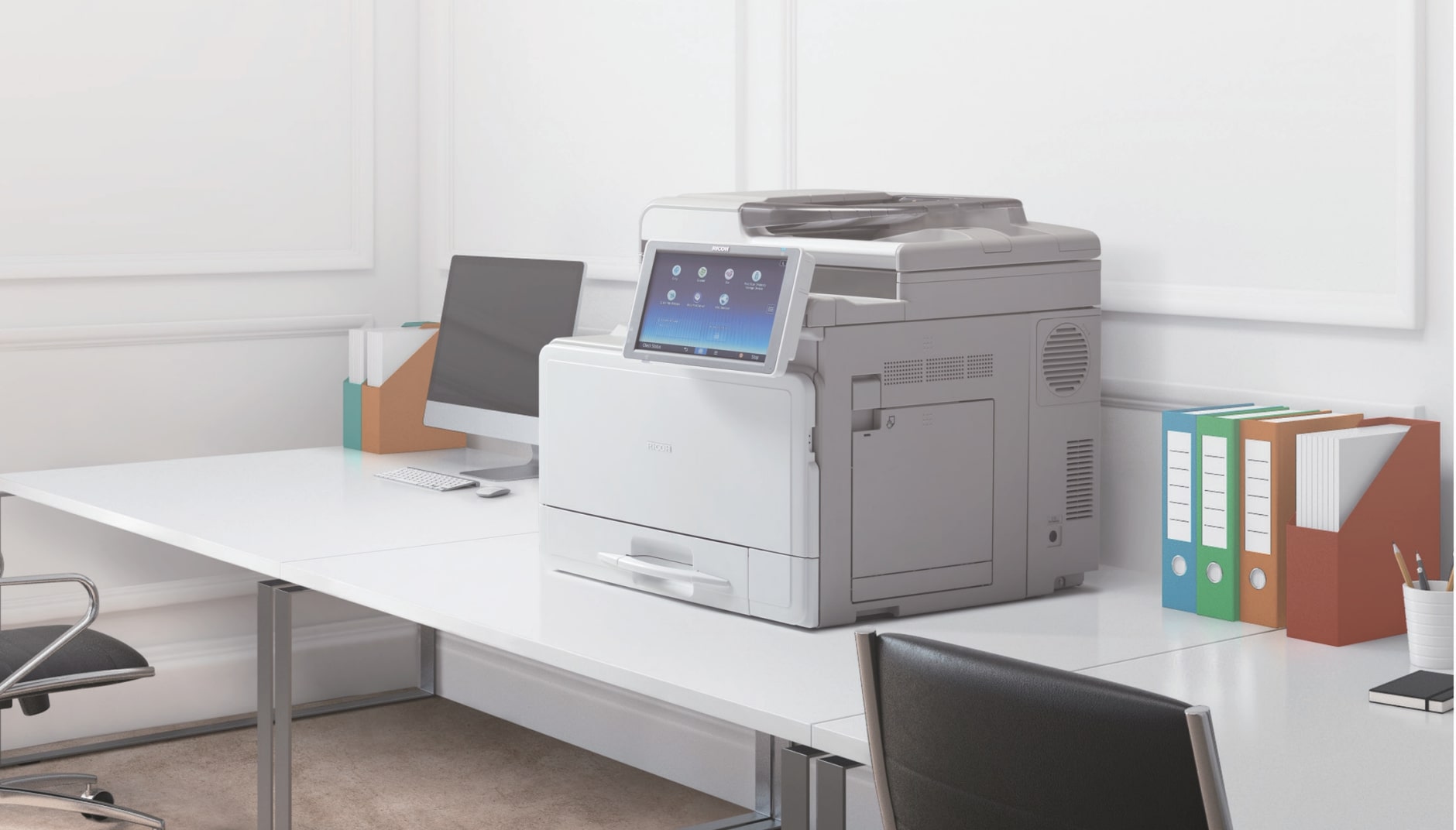All-In-One/Multifunction Printers vs. Single Function Printers
With so many printers available in Malaysia, deciding between a multifunction printer and a single-function printer can be challenging, especially if you're deciding for the first time.
However, you must approach the selection process carefully to ensure that you buy a printer that suits your needs while remaining within your budget.
Multifunction printers, like single-function printers, are divided into two categories: inkjet and laser. Inkjet printers thrive in producing high-quality colour graphics, whereas laser printers excel at vast printing volumes of text documents.
Inkjet printers also have higher maintenance costs than laser printers. You'll always find a multifunction printer that generates laser or inkjet printouts, whether you need a quick laser printer for business or an inkjet printer to print photographs.
Multifunction vs. Single-function Printers
Multifunction or all-in-one printers provide several features in addition to printing. These printers can also scan, photocopy, and fax; many multifunction printers have all four of these operations.
If you require a fax machine, scanner, or copier, a multifunction device can help you save money and space by combining two or more devices into one.
On the other hand, if you need to print, a multifunction printer will cost you more money for functionalities you won't use.
A specialized single-function printer will probably be the best option if you do specific printing jobs that need high-quality pictures. Single-function machines tend to give superior quality at the higher end of the price range than their multifunction counterparts.
Volume
A typical consumer inkjet printer is generally well-suited to your needs if you plan on performing a limited quantity of printing. On the other hand, a laser printer is ideal for businesses where several employees use a single printer or when big print runs are required regularly.
When dealing with large-scale printing demands, laser printers are better at handling large-volume print jobs and more cost-effective. Laser printers are often bigger and have larger print trays than inkjet printers; they also print significantly quicker. When printing papers with hundreds of pages, this is very crucial.

Quality
Laser printers are superior for producing high-quality text pages, particularly those with small letter sizes. On the other hand, a high-end inkjet printer delivers higher-quality pictures and images with complex colours.
Inkjet printers blend colours effortlessly, but laser printers may have demarcation or lines when the colours change.
Cost
Inkjet printers are less costly than laser printers on average. Because inkjet machines have fewer consumables, their maintenance costs are also cheaper. However, you must also consider the total cost of ownership during the printer's lifespan.
Therefore, a laser printer is the best investment for big print volumes or to use the printer for a long period. Due to the comparatively high cost of inkjet ink cartridges, the real cost-per-page of a laser printer is generally lower than that of an inkjet printer.

Networking
Networking features are crucial to consider when buying a printer for a business. Look for a printer that supports wireless networking if you want to reduce the number of cables in your workplace and make it easier to connect all of the devices on the network.
If you need to connect the printer to a single computer in a small workplace, spending extra money on networking and wireless features is unnecessary.
In summary
Factors such as your budget, the quality of output you require, and the type and quantity of printing you will be performing are all necessary for determining the type of printer that best suits your needs.
By following the aforementioned, you will be able to determine if a single-function or multifunction printer is ideal for you, as well as whether a laser or inkjet printer is the best choice.
News & Events
Keep up to date
- 18Dec
Ricoh recognised as a Top 5 global AV Integrator in SCN Top 50 Systems Integrators 2025
- 11Dec
Ricoh Recognised as a Sustainability Leader in Quocirca's 2025 Report
- 31Oct
Ricoh perovskite solar cells installed on Japan Aerospace Exploration Agency cargo transfer spacecraft1 HTV-X1
- 17Oct
Ricoh recognised among Forbes’ World’s Best Employers 2025
